Just for the record, I don’t follow the Paleolithic diet, nor any diet for that matter. Not to a T, anyways. I enjoy eating legumes, I consume whole grains such as brown rice and quinoa, and I also enjoy eating root vegetables, most of which are eschewed on the Paleolithic, or primitive, diet. I know that many people feel great on the paleo diet, but at this stage in the game that is my personal health journey, it’s not for me. Maybe one day it will be, but not today.
The Paleolithic Diet consists of following a primitive diet modeled by our hunter-gatherer ancestors. In modern times this means that one must consume a diet that is high in animal protein and plants – meats, eggs, dairy, seeds, fruits and vegetables. Followers of the diet must eliminate all grains, legumes and processed foods, based on the notion that these foods are a product of the agricultural revolution, a recent phenomenon, and our bodies have not evolved sufficiently to properly handle them.
Personally, I am a proponent for an individualized diet, which is unique and ideal for each person, and is dictated according to one’s health concerns, goals, lifestyle, cultural background, personal ethics and food preferences. Some people may do well on a commercial or popular diet but I don’t believe that all of us do. I believe that finding one’s ideal nutritional lifestyle is an ongoing process and requires individualized work with a qualified healthcare practitioner combined with developing awareness of one’s own body.
So… book an appointment with your naturopathic doctor now! Kidding…
That being said, when it comes to healthy baking (and now that it’s autumn, I’ve been doing quite a bit of it) nothing beats Paleo recipes. These recipes usually consist of only a handful of ingredients, all of which are gluten-free, whole and unprocessed and many of which are dairy-free (dairy products are still allowed on the primitive diet) and low in sugar. I also find that, with these ingenious recipes, there isn’t the need to go out and buy weird ingredients (like castor sugar or guar gum) that many gluten-free recipes call for.
Paleo baked goods are also high in fat and protein and low in refined carbohydrates, which means that, although they are caloric, they are more satiating and therefore you are less likely to over-indulge. Also, because Paleo recipes are low in refined carbohydrates, one doesn’t experience the sugar high, insulin spike and hypoglycemic crash that commonly occur when one chows down on standard, flour-based baked goods. The high fat content of this bread will keep your blood sugar stable for hours after consuming a slice.
So, while procrastinating in class one day, I found this recipe for Paleo Bread, which consists mainly of almonds and eggs and contains only 4 ingredients, all of which are already in my kitchen! The second time around I modified some of the ingredients.
Ingredients:
– 4 whole eggs
– 1 1/2 cups of natural, unsalted almond butter
– 1 1/2 tablespoons of freshly squeezed lemon juice
– 3/4 tsp of baking soda
* Modifications: this bread is perfect with 2 tbsp of chia seeds and 2 tbsp of flax seeds blended through to create a fibre-rich seed bread! Feel free to combine sunflower seeds or any other nuts or dried fruits of your choice. 1/4 tsp of sea salt also gave the bread the right amount of flavour-balance.
Mix ingredients well. You find that the acid from the lemon juice combines with the baking soda, creating a fizz. Within seconds the almond butter and egg mixture becomes amazingly dough-like!
After mixing thoroughly, transfer the dough to a greased (with olive oil) loaf pan and then put in the oven and bake at 350 degrees F for 35 minutes.
Allow the loaf to cool and then slice to your desired size. It’s amazing how almond butter can create a bread that rises and tastes soft and nutty like regular brown bread!
Serve this bread toasted for breakfast or cold for lunch with your favourite sandwich ingredients, or simply on it’s own! Enjoy!

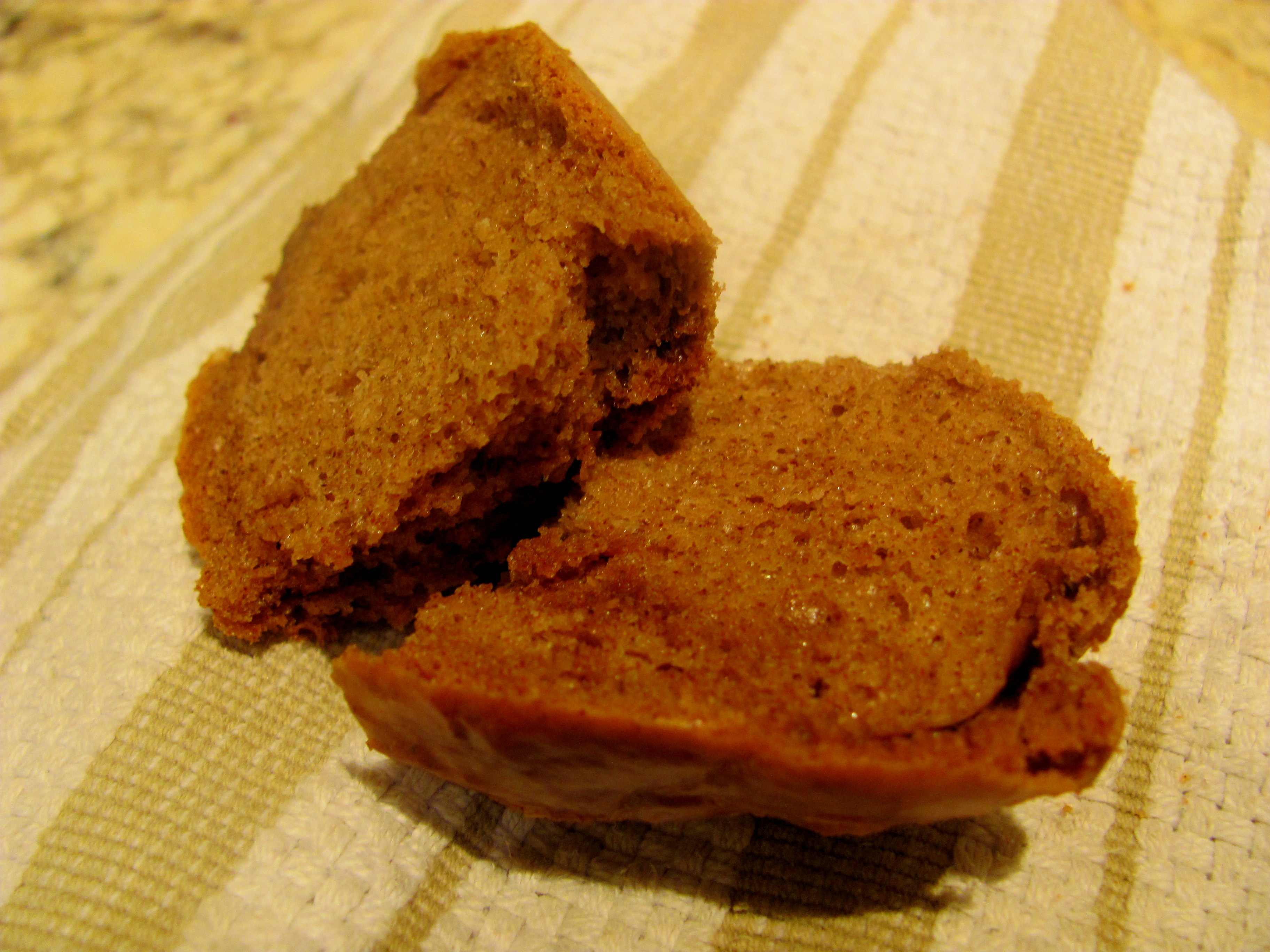








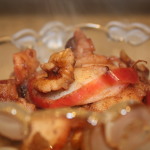
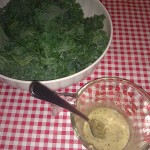
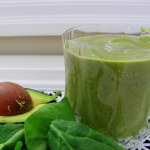


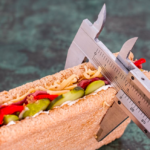
wow, what a wild recipe talia! looks great 🙂
Thanks! I was skeptical but it’s surprisingly delicious!
Do you think you could sub out the eggs for ground flax and water? I’m doing elimination diet, but I’d love to eat some bread that doesn’t require so many ingredients…
I’ve heard something about substituting eggs for 1 tbs chia seeds + 1 tbs water. It might be worth it to try! That’s the problem with paleo: most recipes have eggs and some have dairy, plus they leave out perfectly healthy ingredients (like quinoa and millet) so it doesn’t completely overlap with elim.
I’m extremely pleased to uncover this page. I want to to thank you for your time for this particularly wonderful read!! I definitely enjoyed every part of it and I have you saved to fav to see new information on your site.
Thanks for the comment!
Can the almond butter be substituted with peanut butter?
It wouldn’t be “paleo” anymore, as peanuts are technically legumes. I’m not 100% convinced of the health value of peanuts but it would be a gluten-free, low-carb bread option. Not sure how it would turn out, to be honest. Can’t see why it wouldn’t work! And might taste delicious… Then try with Nutella and see how that plays out. Wow, the possibilities are ENDLESS!